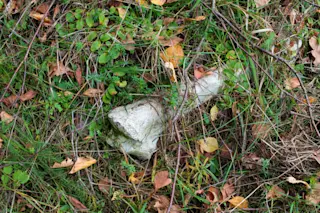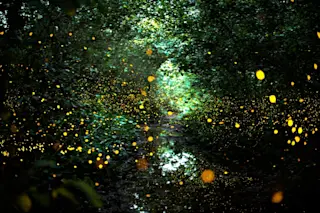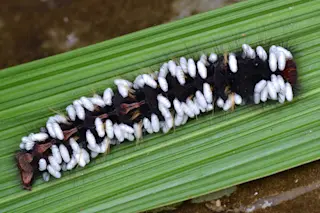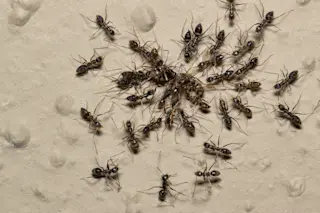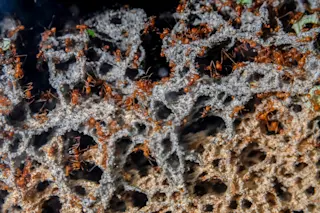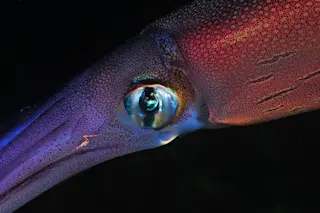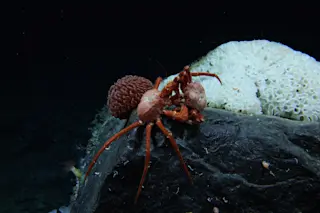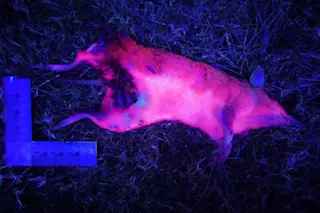Look in any biomedical laboratory, and you will find HeLa cells. Over 50 million tonnes of these cells have been grown in churning vats of liquid all over the world. They have been one of the most important tools in modern medicine, pushing forward our understanding of cancer and other diseases, and underpinning the polio vaccine, IVF, cloning, and more. None of these advanced would have been feasible without HeLa. Most scientists have used or seen them but most have no idea about their origin. It's time to find out.
In early 1951, there was only one place in the world where HeLa cells could be found - the cervix of a poor, black tobacco farmer called Henrietta Lacks. She was treated for cervical cancer at Johns Hopkins Hospital where, without her knowledge or consent, doctors took some cells from her tumour and cultured them. They became HeLa - the ...


